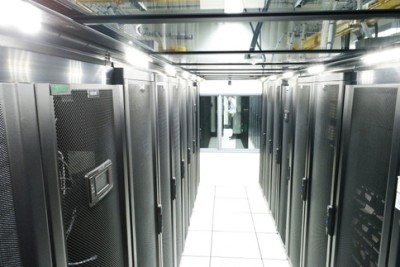Upgrade of Data Centres
After a few years of preparation, design and implementation, the upgrade of the University’s Main and Secondary Data Centres was completed in Summer 2020. Many state-of-the-art features/elements have been installed, such as airflow containment design, environmentally-friendly fire suppressing agent, energy-saving lighting and cooling system, advanced access control and environment monitoring systems, to build smart data centres.
 |
 |
|
|
One major element of the new data centre infrastructure is the “Data Centre Infrastructure Management (DCIM) System”, which is the “brain” of a modern data centre that continuously monitors different critical subsystems of the data centre. It polls equipment, collects data and generates reports. It comes with built-in alerting system to generate instantaneous alerts of threshold violations via different channels to data centre administrators such as email, voice call and SMS. It would give administrators early alerts to take precaution in case of any potential system faults or environmental incidents. The physical access control system is also integrated with DCIM to provide a holistic view of security control for data centre administrators.
It also constantly collects data from electricity supply for IT loads and non-IT loads for real-time calculation of Power Usage Effectiveness (PUE) of data centres. It allows us to keep track of the efficient use of electrical power.
Currently the PUE of our new data centre infrastructure fell within the range of 1.73 to 1.99. In general, a figure below 2.2 implies a good outcome under a relatively hot and humid environment in Hong Kong.
To conclude, the upgrade of Data Centre infrastructure with components described above has created new smart data centres to provide a secure, resilient, manageable and energy-efficient infrastructure to host various IT systems of the University.

